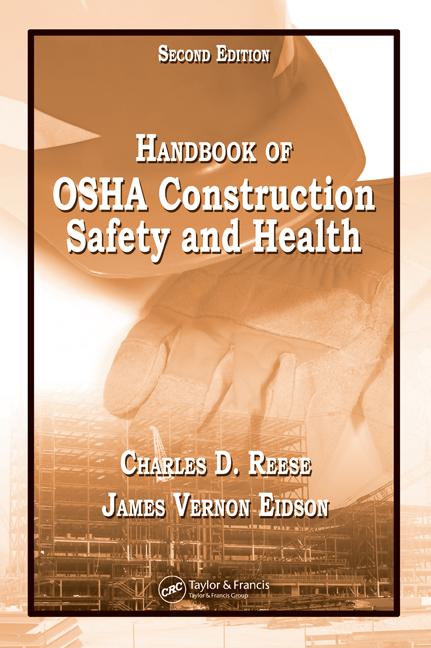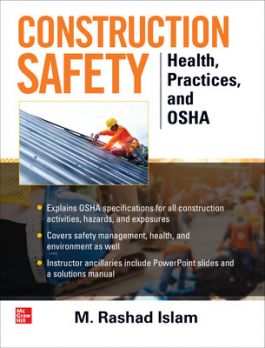- Residential construction employers generally must ensure that employees working six feet or more above lower levels use guardrails, safety nets, or personal fall arrest systems. A personal fall arrest system may consist of a full body harness, a deceleration device, a lanyard, and an anchor point.
- Other fall protection measures may be used to the extent allowed under other provisions of 29 CFR 1926.501(b) addressing specific types of work.
- OSHA allows the use of an effective fall restraint system in lieu of a personal fall arrest system. To be effective, a fall restraint system must be rigged to prevent a worker from reaching a fall hazard and falling over the edge. A fall restraint system may consist of a full body harness or body belt that is connected to an anchor point at the center of a roof by a lanyard of a length that will not allow a worker to physically reach the edge of the roof.
If the employer can demonstrate that use of conventional fall protection methods is infeasible or creates a greater hazard, it must ensure that a qualified person:
- Creates a written, site-specific fall protection plan in compliance with 29 CFR 1926.502(k); and
- Documents in that plan, the reasons why conventional fall protection systems are infeasible or why their use would create a greater hazard.
OSHA’s new directive defines “residential construction” as: 1) a home or dwelling is the end product of the construction work involving traditional wood frame building materials and methods; and 2) limited use of structural steel such as an I-beam that helps support wood framing does not disqualify a structure from being considered residential construction.


